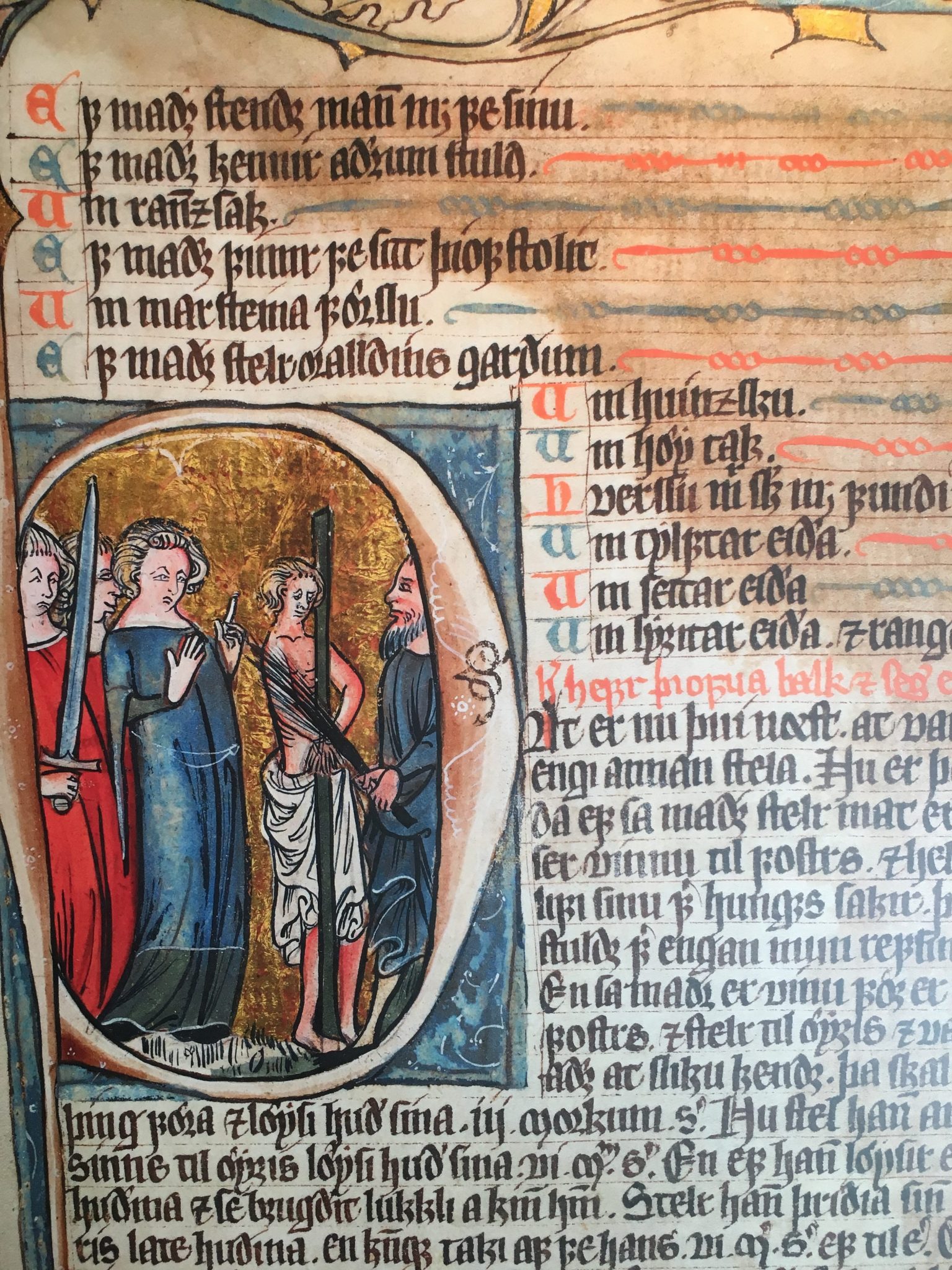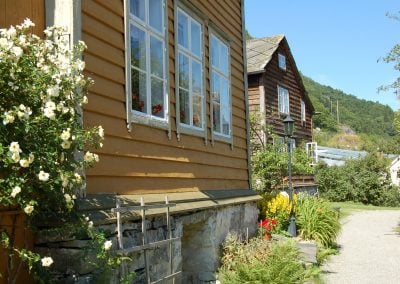Sigurd Brynjulvsson


Sigurd, Lord of Aga
– knight, law speaker and Sovereign Council member
Sigurd Brynjulvsson (approx. 1235-1303) was Lord of Aga, back when it was a farm, a large farm at that! Sigurd was a landowner, knight and law speaker. The building that we now call Lagmannsstova, is just a part of a bigger residence and entertainment complex that once stood at Aga, which was built according to the European model. It was Sigurd’s forefathers who built this magnificent complex, which is testament to the fact that he came from a wealthy and powerful line.
Sigurd belonged to Norway’s aristocracy, and he was a Gulating law speaker when Magnus the Lawmender introduced the Norwegian Law Code in 1274, Norway’s first common code of law, and one of the first nationwide codes of law introduced in Europe during the Middle Ages. This code of law gives Norway an important place in the legal history of Europe, and was fundamental in the formation of the nation and the development of Norwegian society. During this period, the office of law speaker went from being a royal servant with knowledge of the law without judicial power to becoming a judge. The law speaker gained a new judicial, social and political position, and Sigurd was therefore directly involved in upholding the new law, and in the administration of the emerging state of Norway.
When Magnus the Lawmender’s oldest son, Eirik Magnusson became king in 1280, at the tender age of 12, a guardianship was appointed to govern the realm while Eirik grew up. Sigurd Brynjulvsson of Aga was a member of this council.
The Lord of Aga had close ties to the Crown, and belonged to an aristocracy that, in many ways, was influenced by European ideals and culture, and social development. By virtue of his office as law speaker, Sigurd actively contributed to the regulation of society through nuanced laws, the principle of equality before the law, justice for all and safeguarding disadvantaged groups – ideas that have culminated in today’s welfare state.
Sigurd was found dead in the Samlafjord in 1303. We don’t know what fate he met, but an important Hardanger man’s time on earth came to an end that day.
After Sigurd’s death, Aga was divided between his daughters. The farm was subsequently divided a number of times, and went from being a knight’s estate to a busy farm cluster, which is now a protected cultural monument preserved through use. Here, you can walk up the same steps and go into the same rooms as those who came to have their cases heard by the law speaker, the powerful Sigurd of Aga, 750 years ago.



